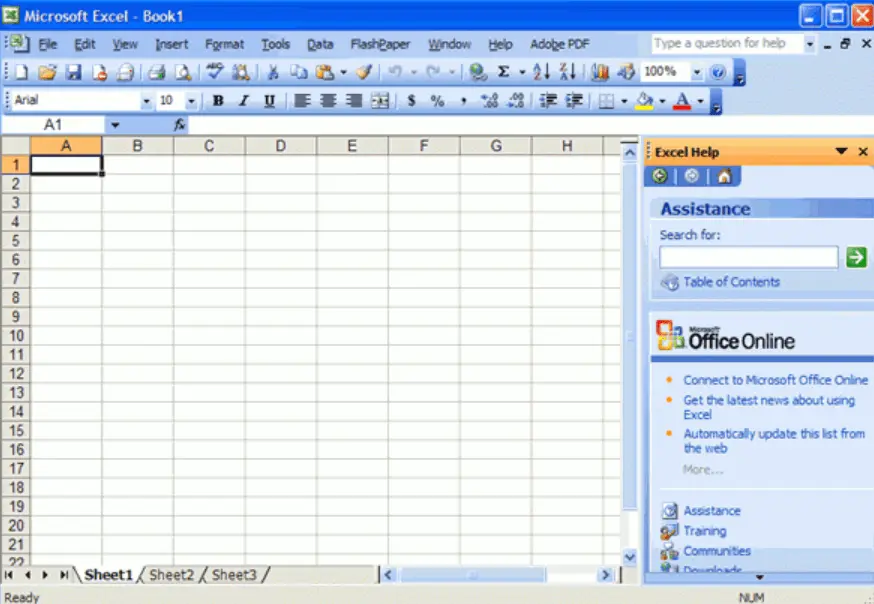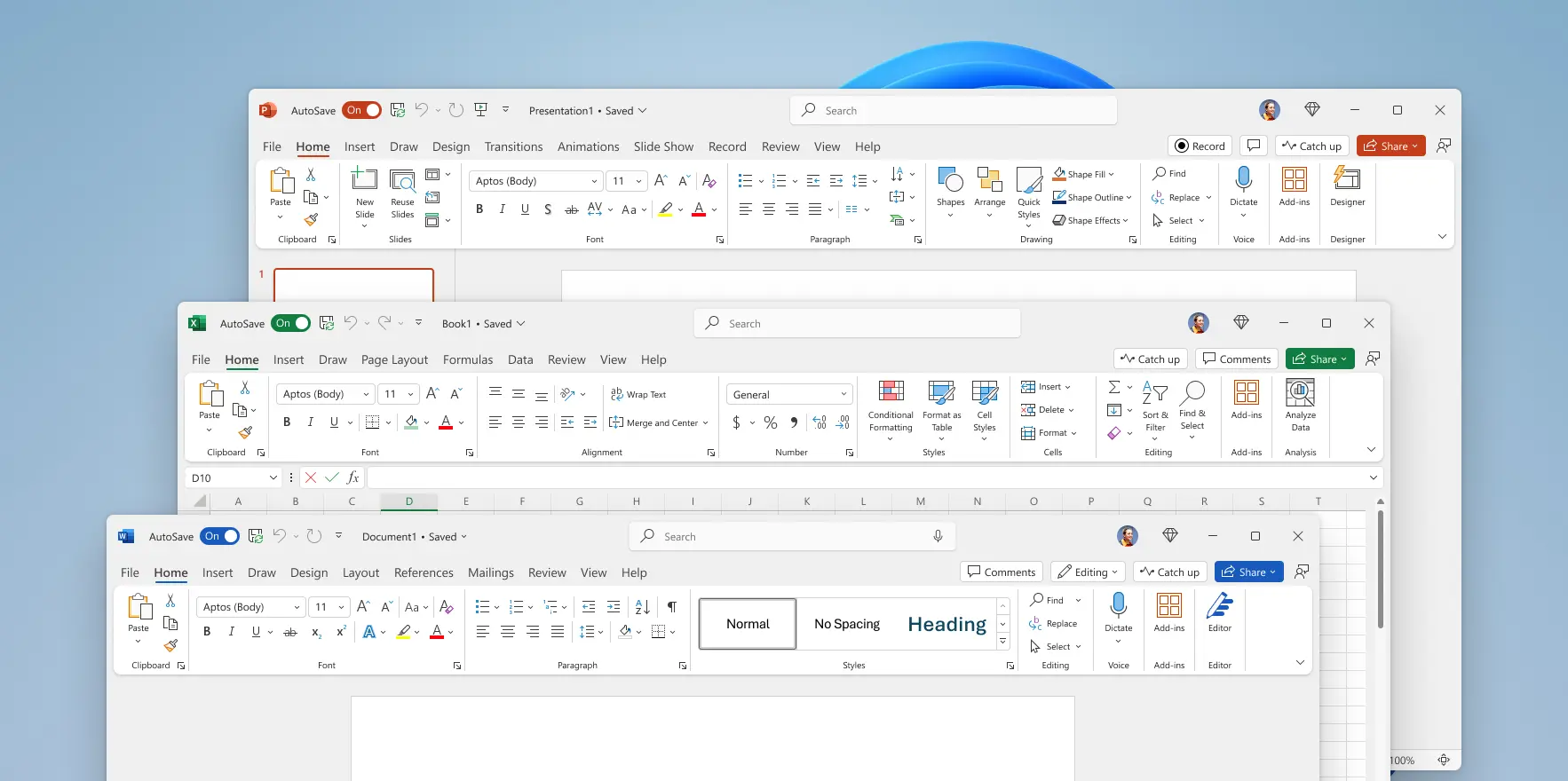no, I'm willing to die on the hill that the ribbon UI is one of the greatest UIs period - especially how it was done in office 07 and 10. As a computer noob at the time, it was a huge improvement over the previous office 2003 UI.
The icons always gave you a good idea what something was doing, important functions were bigger and when you for example selected a table the table tab was visible and with a different color so you knew that you could do things with that table.
I think however many 3rd party programms did the ribbon UI poorly or had not enough features for it to make sense.

